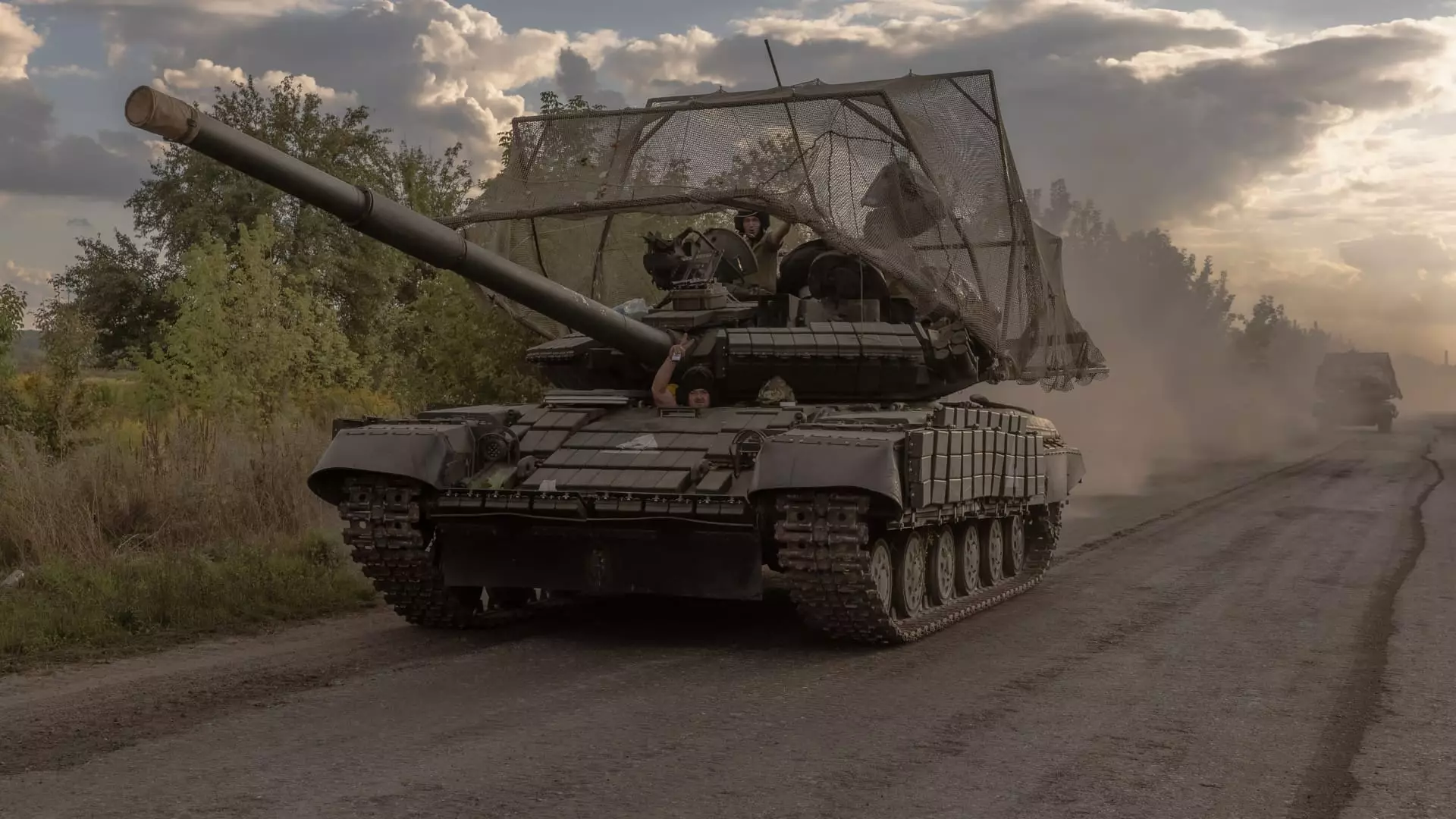As the geopolitical landscape continues to shift, Europe finds itself at a critical crossroads in its defense strategy. The pending announcement of “concrete” measures aimed at boosting defense financing signals a newfound urgency amongst European leaders—one that stems not just from external threats, but also from internal divisions and anticipated shifts in global alliances. With a major meeting of the European Union (EU) leaders approaching, the stakes are higher than they have been in decades.
Much of this urgency is due to the recent tensions between Europe and the United States, which culminated in sharp exchanges between U.S. Vice President JD Vance and Ukrainian President Volodymyr Zelenskyy. These developments underscore a central dilemma: how can Europe effectively bolster its military capabilities while navigating complex international relationships and internal economic constraints?
For years, European countries have been under scrutiny for not meeting NATO’s guideline of spending 2% of their GDP on defense. Critics of the status quo—most prominently Donald Trump during his presidency—have argued that this lack of investment undermines collective security and leaves nations vulnerable to external threats, particularly from Russia.
However, Europe’s reluctance to ramp up defense spending can be attributed to a multitude of factors: varying economic conditions, political priorities, and, perhaps importantly, a history of reliance on U.S. military support. The Ukraine war has flipped this narrative on its head, forcing European nations to confront their complacency. Some argue the conflict has acted as a wake-up call, prompting increased military expenditure and a renewed commitment to joint defense initiatives.
The divide in perspectives among EU members regarding defense spending can often feel insurmountable. While nations impacted most directly by Russian aggression—such as Poland and the Baltic states—are eager to increase their military budgets, others have been more hesitant, advocating for fiscal responsibility and caution against unnecessary militarization.
Leaders must strike a delicate balance. Europeans cannot afford to act recklessly or rely solely on military solutions, but the growing threat from Putin’s Russia necessitates a robust military strategy. Failure to forge a unified front only serves to embolden adversaries and further destabilize the region.
The proposed fiscal updates by EU Commission President Ursula von der Leyen could represent a step forward. By easing constraints on defense expenditures, Europe may finally be able to mobilize the resources necessary to safeguard its interests. Yet skepticism remains, as certain nations worry about the long-term implications of increased borrowing and spending—especially in the post-pandemic landscape of economic fragility.
Economic Realities: Funding the Future of Defense
Economic feasibility is another pressing concern as Europe grapples with the prospect of increased defense spending. The recent report by the Brussels-based think tank Bruegel emphasizes the need for 300,000 additional troops and an annual spending hike of at least 250 billion euros to effectively deter Russian advancements. This astonishing figure could spark significant political pushback within member states, particularly from more fiscally conservative nations.
Goldman Sachs highlights that European nations would need to fund an additional 0.6% of GDP annually to reach a target of 2.5%. This is no small feat, especially as inflation rises and public spending on social services remains vital. The idea of “common borrowing” for defense projects, reminiscent of the COVID relief packages, is fraught with complexity. While some member states may welcome this approach, others remain wary of shared financial responsibility leading to disparities in military capability across the continent.
As the EU assembly approaches, the political and economic realities will shape the outcome of these crucial discussions. What remains to be seen is whether collective action will materialize amid the complexities of disparate national interests. Will EU leaders rally together to form a cohesive defense strategy, or will longstanding divisions resurface, hampering progress?
A foundational aspect of addressing Europe’s defense spending conundrum will hinge on transparent communication and a willingness to compromise. European leaders must foster an environment of collaboration while remaining sensitive to the historical backdrop that has shaped their current defense postures.
Emerging from the shadows of U.S. oversight and shifting global power dynamics, Europe stands at a pivotal moment. Whether or not it possesses the political will to rise to the occasion will define its role not only in the current conflict but also in the broader global geopolitical landscape moving forward.

